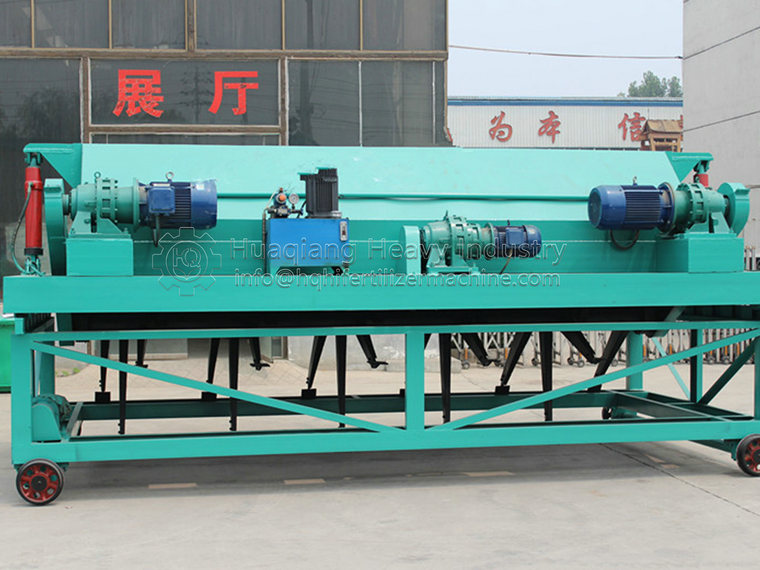The breeding farm selects suitable organic fertilizer production equipment based on its scale
When selecting suitable organic fertilizer production equipment for a breeding farm, it is necessary to comprehensively consider factors such as the scale of the farm, types of raw materials, production goals, funding budget, and market positioning. Here are some suggestions for selecting organic fertilizer production equipment based on the scale of the farm:
Small scale breeding farms:
Equipment selection: Small scale farms can consider using small organic fertilizer production lines, including small crushers, mixers, and simple granulators. These devices have a small footprint, simple operation, and low cost.
Considerations: Focus on the usability and maintenance costs of the equipment. Due to the small output, the production efficiency of the equipment is not the primary consideration..jpg)
Medium scale breeding farms:
Equipment selection: Medium sized farms can consider using highly automated organic fertilizer production lines, including medium-sized crushers, mixers, disc granulators, dryers, coolers, and packaging machines. These devices can improve production efficiency and reduce labor costs.
Considerations: It is necessary to evaluate the production capacity and automation level of the equipment to match the production needs and budget of the farm. Meanwhile, considering the energy consumption and maintenance costs of the equipment.
Large scale breeding farms:
Equipment selection: Large scale breeding farms should choose large-scale, high-efficiency, and highly automated organic fertilizer production equipment, such as large crushers, mixers, drum granulators, high-efficiency dryers, coolers, screening machines, and automatic packaging machines, to form a complete organic fertilizer production line.
Considerations: Focus on the production efficiency, energy consumption, automation level, and long-term operating costs of the equipment. Large scale breeding farms usually have a high budget and should prioritize equipment performance and long-term benefits.
Customized production line:
Equipment selection: For breeding farms with special needs, such as specific raw material processing, special product requirements, etc., customized organic fertilizer production lines can be considered. Customized production lines can more accurately match the production goals of farms.
Considerations: Communicate production requirements in detail with equipment suppliers, evaluate the feasibility and cost-effectiveness of customized production lines.
Financial budget and market research:
Budget planning: Based on the funding budget of the breeding farm, plan equipment investment reasonably to avoid excessive investment leading to tight funding chains.
Market research: Understand the demand for organic fertilizer products in the target market, select equipment that can produce products that meet market demand, and improve the market competitiveness of the products.
Equipment supplier evaluation:
Supplier Qualification: Choose equipment suppliers with good reputation and professional experience to ensure the quality of equipment and after-sales service.
Technical support: Consider the technical support and training provided by suppliers to ensure that the farm can effectively operate and maintain equipment.
In summary, when selecting organic fertilizer production equipment, breeding farms should comprehensively consider their own scale, production goals, budget, and market positioning, and choose the most suitable equipment to achieve efficient and stable organic fertilizer production. Meanwhile, collaborating with professional equipment suppliers to obtain professional advice and technical support is crucial for improving production efficiency and product quality.





.jpg)


.jpg)